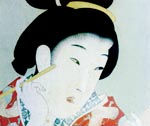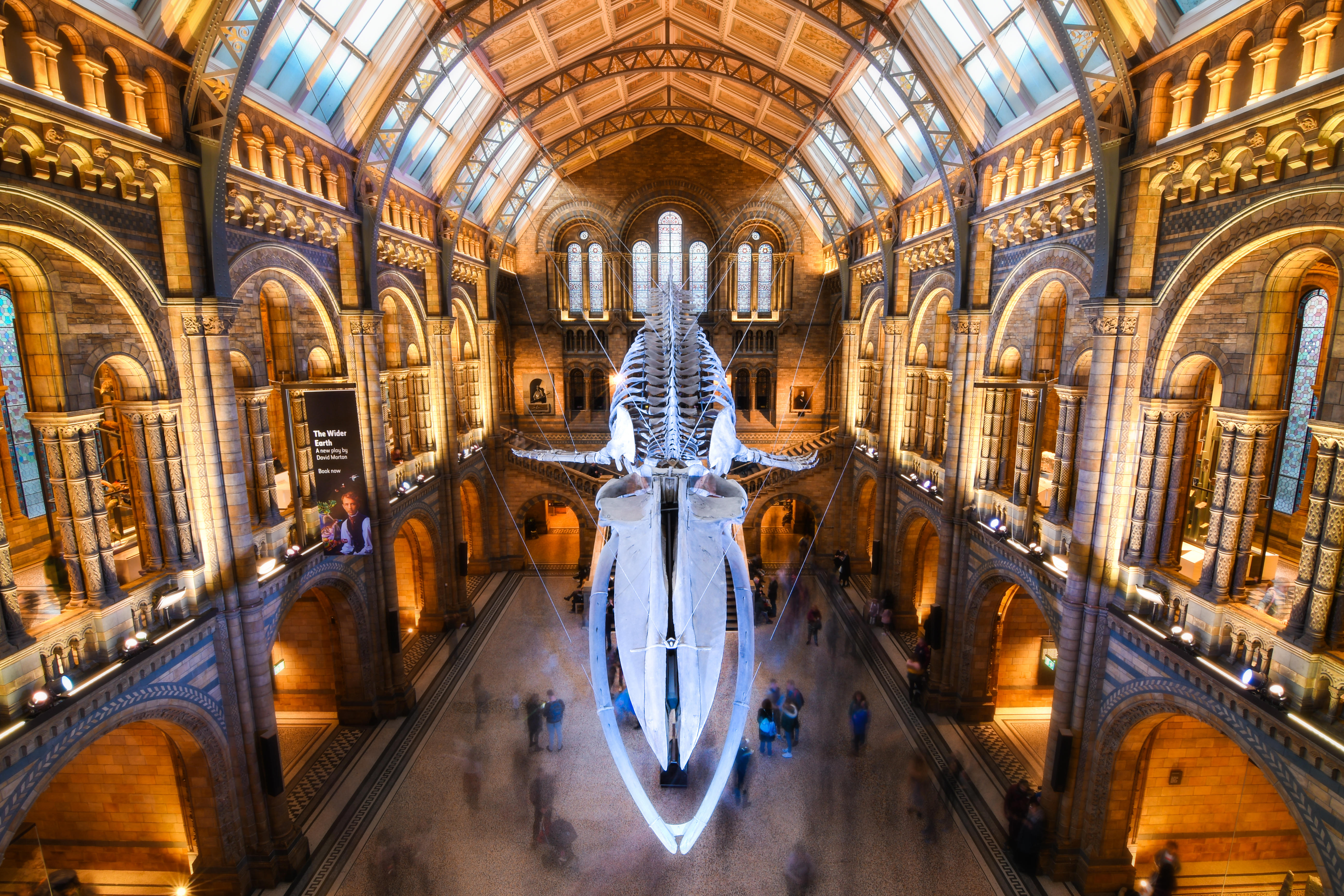Exhibition: Japanese Treasures
Simon Poë visits a fascinating exhibition that focuses on the cross-fertilisation of Japanese and Western artistic traditions in the later 19th and earlier 20th centuries


Perhaps Thomas Blake Glover (1838?1911) is not often thought of now in Britain outside his native Aberdeen, but there and in Japan they still remember him. Variously shipbuilder, trader and gunrunner, he settled permanently in Nagasaki in 1859, where he founded several businesses including two that evolved into the Mitsubishi Corporation and the Kirin Brewery. He married a Japanese woman and had two children.
In the West, his most famous memorial is probably the character of Lt Pinkerton in Puccini's Madama Butterfly, for whom he was allegedly the model. But, although it may be less well known, his collection of Japanese art and artefacts, much of which has found its way back to Aberdeen, now forms the basis of a very exciting exhibition at the Art Gallery there, examining the links forged between East and West.
Glover supported the overthrow of the Tokugawa Shogunate in 1868, and, with the restoration of the Meiji Emperor, enjoyed the favour of the new government. After the collapse of the Shoguns' regime, their isolationist policy was reversed and a new policy of government-sponsored westernisation and modernisation was put into effect. In the years after the country was reopened to contact with the outside world, a mania for all things Japanese swept Europe.
This cult of Japan was a continent-wide phenomenon, but certainly found intense expression in Great Britain. What was the strange affinity that bound the world's first industrialised nation to this other island race, halfway around the globe, emerging suddenly and belatedly from medievalism into modernity? Perhaps it was simply that that, in Britain, there were people so dismayed by the effects of uncontrolled industrialisation that they were shocked into nostalgia for an imaginary Middle Ages, and who saw in Japan an image of what they felt they had lost.
William Burges the architect who restored Cardiff Castle and built the fantastic Castell Coch for Lord Bute reviewed the International Exhibition of 1862, which was the first opportunity most Britons had to experience the arts of Japan. 'If the visitor wishes to see the real Middle Ages,' he wrote, 'he must visit the Japanese Court, for at the present day, the arts of the Middle Ages have deserted Europe and are only to be found in the East.
The two cultures performed a tag race of reciprocal influence well into the 20th century. The Socialistic ideas of John Ruskin and William Morris two great thinkers inspired by visions of the Middle Ages were important in Japan in the period after the death of the Meiji Emperor, during the chaotic Taisho era (1912?26), before the militarists asserted their control. 'Wiriamu Morisu' was also influential on the Mingei ('folkcraft') movement led by Soetsu Yanagi. This exotic hybrid of Arts-and-Crafts principles and Zen mysticism had, in its turn, a crucial effect on the practice of the potter Bernard Leach, who worked with Yanagi and Shoji Hamada in Japan and brought their influence back to St Ives in the 1920s. It is pervasive to this day.
The affinity went beyond a mere exchange of influence, however. There was a mysterious sense of kinship. Warington Taylor, William Morris's business manager, tried to describe the 'feel' of English Gothic church architecture in 1862 and suggested that it was 'small as our landscape is small? sweet picturesque homely farmyardish, Japanese, social [and] domestic'.
Sign up for the Country Life Newsletter
Exquisite houses, the beauty of Nature, and how to get the most from your life, straight to your inbox.
A nation's self-image is an imaginary construct. Industrial Britain yearned to be still rural and homely and saw in undeveloped Japan a wishful self-image. Japan looked enviously at rich, powerful, imperial Britain. Going in quite different directions, but united for a moment in aspiration, in fantasy, in mutual esteem, Britain and Japan briefly occupied the same dream space. This splendid exhibition is a souvenir of that moment.
'Land of the Samurai: Aberdeen's Japanese Treasures' is at Aberdeen Art Gallery until August 18 (01224 523700; www.aagm.co.uk)
Country Life is unlike any other magazine: the only glossy weekly on the newsstand and the only magazine that has been guest-edited by HRH The King not once, but twice. It is a celebration of modern rural life and all its diverse joys and pleasures — that was first published in Queen Victoria's Diamond Jubilee year. Our eclectic mixture of witty and informative content — from the most up-to-date property news and commentary and a coveted glimpse inside some of the UK's best houses and gardens, to gardening, the arts and interior design, written by experts in their field — still cannot be found in print or online, anywhere else.
-
 Athena: We need to get serious about saving our museums
Athena: We need to get serious about saving our museumsThe government announced that museums ‘can now apply for £20 million of funding to invest in their future’ last week. But will this be enough?
By Country Life
-
 Six rural properties with space, charm and endless views, as seen in Country Life
Six rural properties with space, charm and endless views, as seen in Country LifeWe take a look at some of the best houses to come to the market via Country Life in the past week.
By Toby Keel